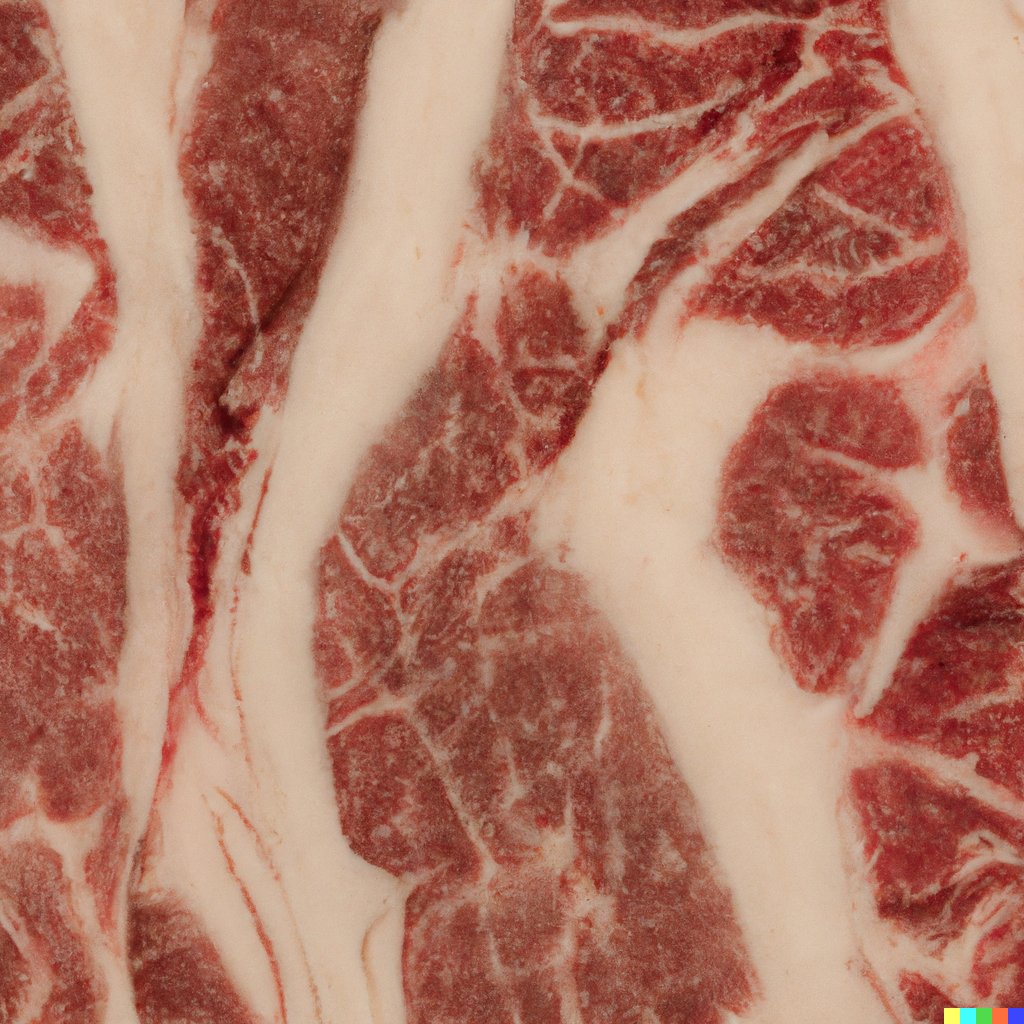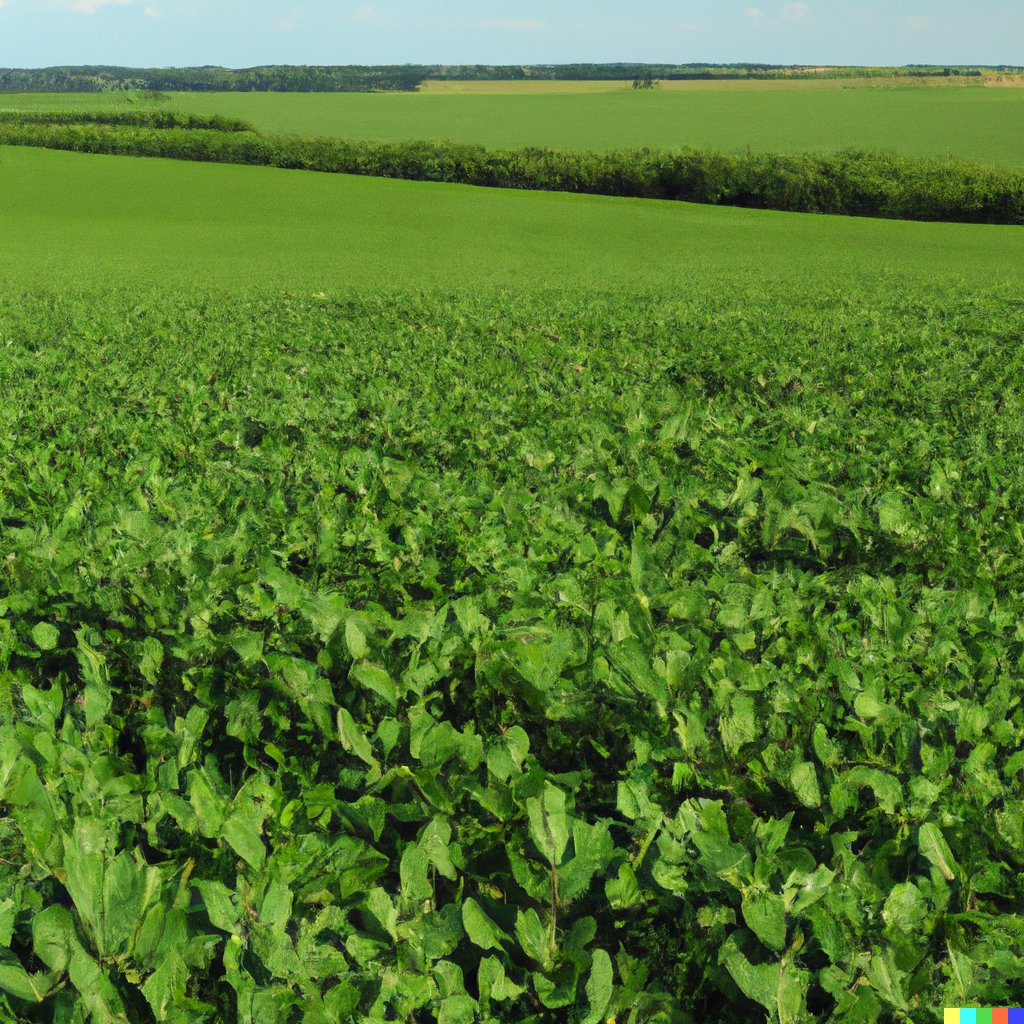
The meat industry is a vast and complex system that involves various stages of production and distribution. While a significant portion of meat is sold in supermarkets and grocery stores, there are several other pathways for meat that does not end up on retail shelves. Here are some common destinations for meat that does not make it to the supermarket:
1. Wholesale Distribution:
A considerable amount of meat is sold through wholesale distribution channels. Wholesalers purchase large quantities of meat directly from producers and processors and distribute it to restaurants, hotels, schools, and other institutions.
2. Food Service Industry:
The food service industry, including restaurants, fast-food chains, and catering businesses, is a major consumer of meat. They source their meat from various suppliers, including wholesalers and local producers.
3. Processing for Further Products:
Some meat may undergo further processing to create value-added products like sausages, deli meats, or ready-to-eat meals. These products are then distributed to retail stores, restaurants, and other food service outlets.
4. Export Markets:
A significant portion of meat is exported to international markets. Countries with high demand for meat, but limited domestic production, import meat from major meat-producing countries.
5. Specialty and Local Markets:
In some cases, meat from local farms or specialty producers may be sold at farmers' markets, specialty shops, or directly to consumers through community-supported agriculture (CSA) programs.
6. Animal Feed and By-Products:
Some parts of the animal that are not suitable for human consumption, such as offal and bones, may be used as animal feed or processed into by-products like gelatin or pet food.
7. Donations and Food Banks:
In some regions, surplus meat may be donated to food banks and charitable organizations to address food insecurity and prevent food waste.
8. Rendering:
Meat processing by-products, such as fat, skin, and bone, can be rendered to produce materials for various industries, including cosmetics, pharmaceuticals, and pet food.
9. Industrial Uses:
Certain meat processing by-products, such as hides and bones, can be used in various industrial applications, including leather production and biofuels.
10. Waste and Disposal:
While efforts are made to utilize as much of the animal as possible, some meat trimmings and waste are inevitable. These are typically treated as waste and may be used for composting or rendering.
11. Repurposing as Animal Feed:
In some cases, unsold meat from supermarkets and food service establishments may be repurposed as animal feed to minimize waste.
Frequently Asked Questions (FAQ) - What Happens to All the Meat Not in the Supermarket
1. What happens to meat that is not sold in supermarkets?
Meat that is not sold in supermarkets follows several pathways. It may be distributed through wholesale channels, supplied to the food service industry, processed into value-added products, exported to international markets, or repurposed for animal feed or industrial uses.
2. How is meat distributed to restaurants and institutions?
Meat is distributed to restaurants, hotels, schools, and other institutions through wholesale channels. Wholesalers purchase large quantities of meat directly from producers and processors and deliver it to these establishments.
3. What are value-added meat products?
Value-added meat products refer to processed meat items like sausages, deli meats, and ready-to-eat meals. These products are created by further processing the meat and are distributed to retail stores, restaurants, and other food service outlets.
4. Is meat from local farms available to consumers?
Yes, in some regions, meat from local farms or specialty producers may be available at farmers' markets, specialty shops, or through community-supported agriculture (CSA) programs.
5. What happens to meat by-products that are not used for human consumption?
Meat by-products that are not suitable for human consumption, such as offal and bones, can be used as animal feed or processed into by-products like gelatin or pet food. Some may also be used in industrial applications, such as leather production and biofuels.
6. Can surplus meat be donated to charitable organizations?
Yes, surplus meat can be donated to food banks and charitable organizations to address food insecurity and prevent food waste.
7. Is there a demand for meat in international markets?
Yes, countries with high demand for meat but limited domestic production often import meat from major meat-producing countries through international trade.
8. What happens to meat trimmings and waste?
Efforts are made to minimize waste, but some meat trimmings and waste are inevitable. They may be used for composting or rendering.
9. Are there environmental concerns related to meat production and waste?
Meat production and waste can have environmental impacts, including greenhouse gas emissions and waste disposal challenges. Sustainable practices aim to reduce these impacts.
10. How can the meat industry reduce waste and promote sustainability?
The meat industry can adopt sustainable practices, such as efficient distribution, waste reduction strategies, and responsible by-product management, to promote sustainability and minimize waste.
11. Is meat repurposed as animal feed?
Yes, unsold meat from supermarkets and food service establishments may be repurposed as animal feed to minimize waste.
12. What role do consumers play in reducing meat waste?
Consumers can support sustainability by being mindful of their food choices, minimizing food waste, and supporting businesses that prioritize responsible meat production and distribution.
By understanding the various pathways for meat not sold in supermarkets and supporting sustainable practices, we can contribute to a more efficient and responsible meat industry.
The meat industry operates on a large scale, and various avenues exist to ensure that meat not sold in supermarkets is still utilized efficiently, minimizing waste and contributing to the global food supply chain. Sustainable practices and efficient distribution channels play crucial roles in managing surplus meat and by-products responsibly.













